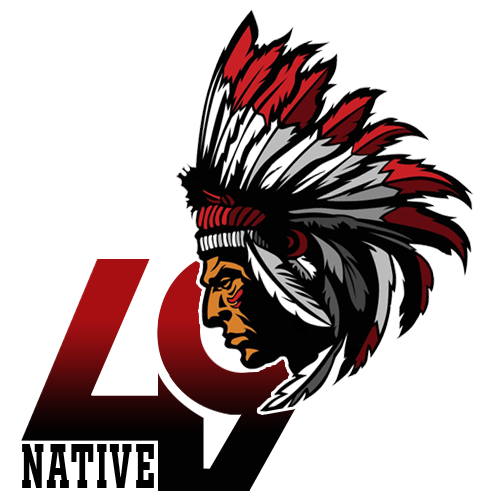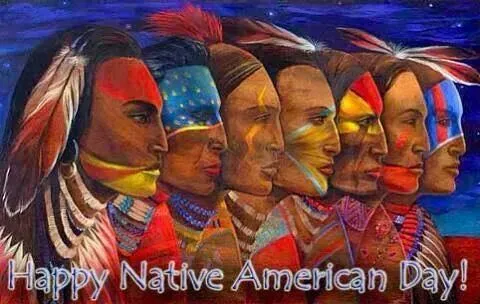When is Native American Day Occur? Native American Day is a significant observance that pays tribute to the rich heritage of Native American communities. This day is marked by various states in the United States to honor the cultural contributions of these communities.
Native American Day’s timing varies across states, with some celebrating it on the second Monday of October, while others designate it on different dates. Join us in exploring the history and significance of this important day, highlighting the diversity and resilience of Native American cultures. Let’s find out with 49native.

When Is Native American Day?
Dive into the cultural mosaic of Native American heritage as we explore the significance of Native American Day in various U.S. states. This holiday, observed with utmost reverence, is a testament to the profound influence of Native American communities on American history.
Join unraveling the unique celebrations and contributions within different states, from California to Washington, that honor the invaluable cultural heritage of the indigenous peoples. Get ready for a journey through history, tradition, and recognition on Native American Day.
Is there a Native American Day in the USA?
The historical narrative of the Italian navigator, Christopher Columbus, has been a staple in the education of generations. Yet, for the Indigenous peoples of the Americas, Columbus and the holiday bearing his name signify something far more somber: the violent colonization of their ancestral lands and the harrowing oppression of their communities.
A Momentous Transition
The movement to replace Columbus Day with Indigenous Peoples’ Day has been a long-evolving process, echoing the voices of Native American activists. Over the years, numerous states and localities have transitioned to celebrating the second Monday of October as Indigenous Peoples’ Day.

This shift, either replacing or coexisting with Columbus Day, reflects a growing acknowledgment of the indigenous communities’ historical and cultural significance. In a historic moment, this transition reached the federal level in 2021, when President Joe Biden officially recognized Indigenous Peoples’ Day.
A Long-Overdue Tribute
“It’s long overdue,” remarks David Weeden, tribal historic preservation officer for the Mashpee Wampanoag Tribe. He continues, “When you look back on all that we’ve endured and sacrificed, all the systemic oppression at the hands of various levels of governments and agencies and programs and everything else, the fact that we are still here is amazing.”
Delve into the transformation from Columbus Day to Indigenous Peoples’ Day and discover what this cultural shift means to Native American communities, their resilience, and their unyielding spirit.
Learn about: What Is Traditional Native American Tattoo Flash?
Is there a Native American month in the US?
Celebrating Indigenous Knowledge and Cultures: National Native American Heritage Month 2021
Every October, it becomes a tradition for the President of the United States to issue a proclamation designating the month of November as National Native American Heritage Month. During this time, the nation pays homage to the rich and diverse culture and heritage of Native Americans, who have played a pivotal role in shaping the character of the United States.
Embracing “Gifts of Our Ancestors”

This November and throughout the year, we embark on a journey to celebrate and commemorate the profound contributions of Native Americans. The theme for National Native American Heritage Month 2021 is “Gifts of Our Ancestors: Celebrating Indigenous Knowledge and Cultures.” This theme encourages reflection on the invaluable wisdom, traditions, and heritage passed down through generations.
A Time for Commemoration
National Native American Heritage Month, observed annually in November, is a dedicated period for recognizing the distinctive traditions, languages, and narratives of Native American, Alaska Native, Native Hawaiian, and Island communities.
It serves as a platform to ensure the preservation and thriving of their rich histories and the enduring significance of their contributions. Additionally, it provides an opportunity to reaffirm our commitment to fostering strong relationships with Tribal Nations and respecting the nation-to-nation relationships essential for all communities to have the future they rightfully deserve.
Progress and Achievements

In recent years, Indigenous communities have witnessed significant strides in representation and recognition.
These include the historic appointment of Secretary Deb Haaland as the first Native American cabinet secretary, the distinction of Joy Harjo as the first Native woman to serve as the National Poet Laureate, Michaela Goade becoming the first Native American to win a Caldecott Medal, and Tobi Merrit Edwards Young becoming the first Native American to serve as a law clerk for the Supreme Court of the United States.
The Journey Ahead
While remarkable progress has been made, there is still much ground to cover. The Department of the Interior plays a pivotal role in advancing Tribal sovereignty, upholding trust and treaty obligations, and fostering meaningful collaboration with Tribal Nations.
The department remains committed to addressing the enduring impacts of relocation, forced assimilation, and inadequate funding that have affected Indigenous communities across the country. It seeks to address these issues and empower Tribal governments and Indigenous peoples in their quest for justice, equality, and the preservation of their heritage.

